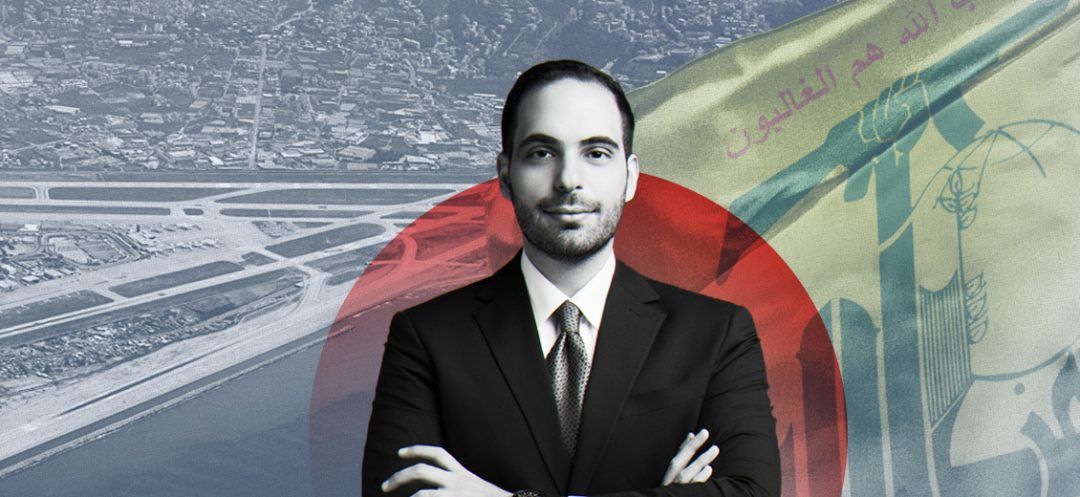
The discussion over establishing a second airport in Lebanon is consistently slammed as an act of treason. Similarly, any issue in Lebanon that conflicts with the ‘resistance’ axis and its ideas results in opponents being automatically branded as traitors.
After lawyer Majd Harb's press conference, where he proposed the idea of establishing a second airport without specifying any of the three suggested locations—Hamat (Batroun), Qlayaat, or Riyaq—parliamentary circles were split between strong supporters of the idea and opponents who presented no logical arguments or substantial reasoning.
Given the current political situation, especially in light of the war against the south, it is crucial to reconsider the airport issue as it serves as a psychological barrier for Lebanese people.
When preparing for an attack on Lebanon, Israel often targets Beirut Airport first, and this has become a major source of fear for both residents and expatriates, as their greatest concern is the threat to the airport above all else.
The primary concern is that the airport’s location near the southern suburbs of Beirut brings it close to Hezbollah’s stronghold and arm storage facilities, as often accused by the Israeli. Additionally, and according to intermittent reports, Hezbollah uses the airport for military purposes and arms shipments.
Regardless of the validity of these threats, simply discussing the issue makes the airport a potential target. This highlights the need to explore alternatives—not to replace Beirut Rafic Hariri International Airport but to have a contingency plan in case something happens to it.
The second issue is a security concern. The airport is located in an area where gunfire is common during celebrations and funerals. There have been incidents where aircraft were hit by stray bullets simply because they landed during events such as official exam results or funeral processions. Stray bullets in the airport's vicinity pose a significant threat, even if officials refuse to acknowledge it.
Additionally, the unregulated construction in the surrounding area that disregards international standards for building heights near airports, further endangers public aviation safety.
The third issue is purely aesthetic. The airport's current condition is unacceptable without attention, maintenance, or at least cleaning. Its appearance is disgusting and is a far cry from the standards of airports in developed countries. The smell of livestock from nearby slaughterhouses gives the impression of a farm rather than an airport. Additionally, religious and political imagery of Hezbollah figures at the airport’s exit delivers the impression that we are leaving for Tehran, not Beirut.
On top of that, the airport was built to accommodate a certain capacity, which is now more than it can handle. This is the most important scientific argument for seeking alternative options.
If all of the above doesn't convince Hezbollah and its allies that a new airport is a must, it is impossible to know what will.
Read more



Comments